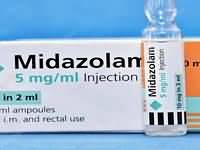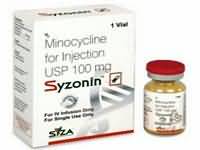sulfinpyrazone

CLINICAL USE
Gout prophylaxis HyperuricaemiaDOSE IN NORMAL RENAL FUNCTION
100–200 mg daily with food (or milk); maximum dose 600–800 mgPHARMACOKINETICS
DOSE IN RENAL IMPAIRMENT
GFR (mL/MIN)
DOSE IN PATIENTS UNDERGOING RENAL REPLACEMENT THERAPIES
IMPORTANT DRUG INTERACTIONS
Potentially hazardous interactions with other drugsADMINISTRATION
Reconstition
–Route
OralRate of Administration
–Comments
–OTHER INFORMATION
An adequate fluid intake of 2–3 litres daily should be taken to reduce risk of uric acid renal calculiUricosuric effects are lost when GFR <10 mL/minReversible acute renal failure may occur especially with high initial dosesCan cause salt and water retention In combination with aspirin, has been shown to improve vascular access thrombosis in haemodialysis patients, but there was an increased occurrence of gastrointestinal bleeding
See how to identify renal failure stages according to GFR calculation
See how to diagnose irreversible renal disease
Home







